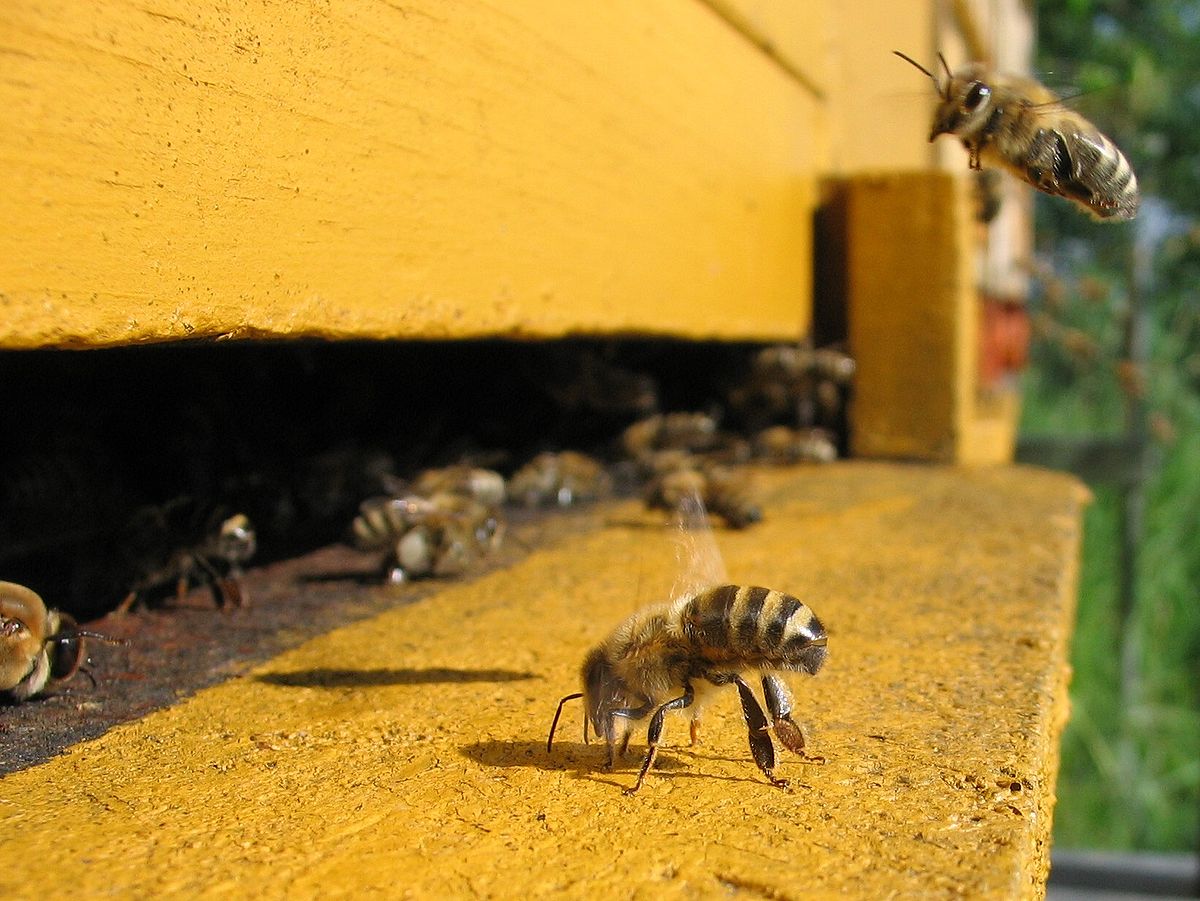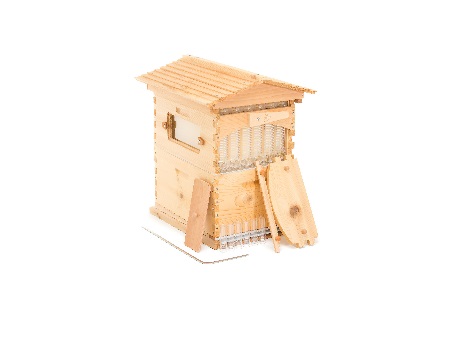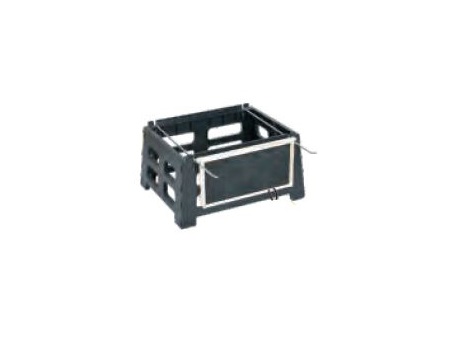Bee Hives
A beehive is an enclosed structure in which some honey bee species of the subgenus Apis live and raise their young. Though the word beehive is commonly used to describe the nest of any bee colony, scientific and professional literature distinguishes nest from hive. Nest is used to discuss colonies which house themselves in natural or artificial cavities or are hanging and exposed. Hive is used to describe structures used by humans to house a honey bee nest. Several species of Apis live in colonies, but only the western honey bee (Apis mellifera) and the eastern honey bee (Apis cerana) are kept in hives by humans. A bees nest is comparable to a bird’s nest built with a purpose to protect the dweller. The beehive’s internal structure is a densely packed group of hexagonal prismatic cells made of beeswax, called a honeycomb. The bees use the cells to store food (honey and pollen) and to house the brood (eggs, larvae, and pupae). Beehives serve several purposes: production of honey, pollination of nearby crops, housing supply bees for apitherapy treatment, and to try to mitigate the effects of colony collapse disorder. In America, hives are commonly transported so that bees can pollinate crops in other areas.[1] A number of patents have been issued for beehive designs. https://en.wikipedia.org/wiki/Beehive

Click on picture to open Category








